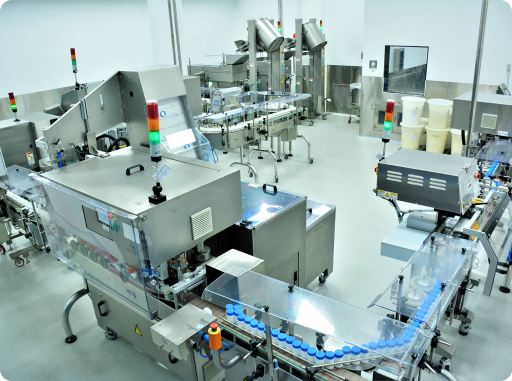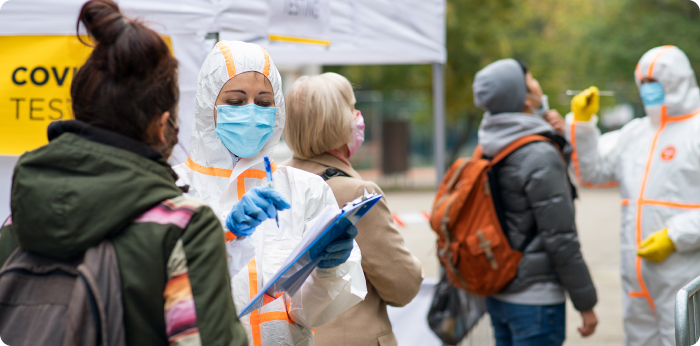
search
Aug 05, 2025
The pharmaceutical supply chain is a complex network that encompasses the production and distribution of medications from manufacturers to end-users, including hospitals, pharmacies, and patients. This supply chain ensures that life-saving drugs are available at the right time and place, in the proper dosage and quality. Given the complexity of drug manufacturing, transportation, and distribution, maintaining an efficient and reliable pharma supply chain is essential for the healthcare system.


The primary goal of the pharmaceutical supply chain is to ensure that medications are produced, stored, and delivered to patients ly. It must guarantee that these drugs maintain their quality, safety, and efficacy throughout their journey from the manufacturer to the end-user.
Key objectives include:
To achieve these goals, collaboration between manufacturers, wholesalers, distributors, and regulators is critical. Each party plays a crucial role in ensuring that pharmaceutical products reach their destination while adhering to stringent quality standards.


The pharmaceutical supply chain operates through a series of steps that begin with drug development and conclude with the delivery of the final product to the patient.
A well-managed pharmaceutical supply chain is vital for ensuring patient access to medications, maintaining cost control, and avoiding shortages. Efficient supply chain management enables pharmaceutical companies to anticipate demand, minimize excess inventory, and ensure that drugs reach their destination on time, all while reducing costs and minimizing waste.
Moreover, a robust supply chain ensures compliance with regulatory standards, reducing the risk of counterfeit drugs or compromised products reaching patients. Given the global nature of the pharmaceutical industry, supply chain management also involves tackling international trade barriers, navigating diverse regulatory landscapes, and managing the complexities of global logistics.


The pharmaceutical supply chain faces a variety of challenges, some of which include:
Pharmaceutical companies must continuously adapt to these challenges by employing innovative solutions and technologies, such as track-and-trace systems, AI-powered demand forecasting, and advanced inventory management systems.
In conclusion, the pharmaceutical supply chain is a complex and highly regulated network that plays a critical role in ensuring medications are delivered safely and efficiently from manufacturers to patients. Effective supply chain management is essential for maintaining regulatory compliance, ensuring timely drug availability, and safeguarding patient health. Given the ongoing challenges and growing global demands, the pharmaceutical industry must continuously innovate and improve its supply chain processes to remain resilient and responsive to future healthcare needs.
